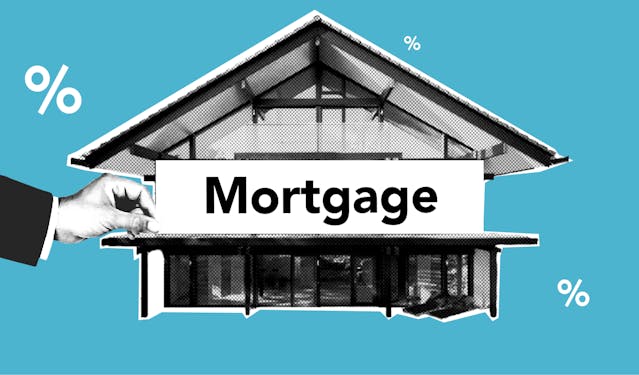With regards to real estate, purchasing a strata property with a body corporate or owners corporation can be an attractive prospect. Whether it’s an apartment, condominium, or townhouse, strata title ownership offers a blend of individual ownership and shared responsibility for common areas and amenities. However, before diving into such an investment, it’s crucial to assess the financial health of the strata corporation. Doing so ensures stability and guards against potential financial risks down the line.
Understanding Financial Health
The financial health of a strata corporation serves as a cornerstone for its stability and long-term viability. It not only reflects the current financial standing of the corporation but also speaks volumes about its ability to manage resources efficiently. This financial health is paramount as it directly impacts the quality of services provided to residents and the overall satisfaction of owners.
Assessing the financial health of a strata corporation involves a comprehensive analysis of various financial aspects. It encompasses the corporation’s ability to cover ongoing expenses, maintain adequate reserves for future needs, and address unforeseen contingencies effectively. Moreover, it sheds light on the management’s foresight in planning for major repairs and renovations, ensuring that the property retains its value over time.
Potential buyers should review the strata corporation’s financial records, including balance sheets, income statements, and cash flow statements, to understand its fiscal health. Examining the operating budget helps gauge spending priorities. Additionally, assessing strata insurance coverage is crucial. It protects against risks like common area damage and liability claims. Understanding coverage limits, exclusions, and deductibles is essential for evaluating financial risk exposure. By ensuring adequate insurance coverage, buyers can safeguard their investment.
Tips for Assessing Financial Health
- Review Financial Statements: Begin by thoroughly reviewing the strata corporation’s financial statements. These documents provide insights into the corporation’s income, expenses, reserves, and any outstanding debts. Pay close attention to the balance sheet, income statement, and cash flow statement.
- Examine Reserve Fund Status: The reserve fund is essential for funding major repairs and replacements of common property elements. Assess the adequacy of the reserve fund by comparing its balance to the projected future expenses outlined in a depreciation report. A well-funded reserve fund indicates proactive financial planning.
- Evaluate Operating Budget: Scrutinize the operating budget of the strata corporation to understand its ongoing expenses and revenue sources. Ensure that the budget accounts for maintenance, utilities, insurance, management fees, and other operational costs. A balanced budget demonstrates fiscal responsibility.
- Assess Fee Structure: Examine the strata fees and any special levies levied by the corporation. Evaluate the fairness and sustainability of the fee structure in relation to the services provided and the maintenance needs of the property. Unexpectedly high fees or frequent special levies may indicate financial strain.
- Request Meeting Minutes: Request access to recent meeting minutes of the strata council or owners’ corporation. Meeting minutes can provide valuable insights into past financial discussions, decisions, and any concerns raised by owners. Look for transparency and proactive financial management.
- Consider Insurance Coverage: Verify that the strata corporation maintains adequate insurance coverage for the property, including common areas and individual units. Understand the extent of coverage, deductibles, and any exclusions. Inadequate insurance can expose owners to significant financial risks in the event of damage or liability.
- Consult Depreciation Report: If available, review the depreciation report commissioned by the strata corporation. This report outlines the anticipated maintenance and repair costs over time, helping to inform long-term financial planning and reserve fund contributions.
- Assess Legal and Financial Obligations: Understand the legal and financial obligations imposed on owners within the strata corporation. Familiarize yourself with the bylaws, rules, and regulations governing financial matters, such as fee payments, special assessments, and dispute resolution processes.
- Seek Professional Advice: When in doubt, seek guidance from professionals with expertise in strata title properties, such as real estate agents, lawyers, or financial advisors. They can provide valuable insights, review documents, and offer informed recommendations tailored to your specific circumstances.
- Review Maintenance and Repair History: In addition to examining financial statements, it’s beneficial for potential buyers to review the maintenance and repair history of the strata property. Understanding past expenditures on repairs and upgrades provides insights into the property’s condition and the effectiveness of previous financial management.
- Assess Debt Levels and Legal Obligations: Evaluate the strata corporation’s debt levels and any outstanding legal obligations. Excessive debt or legal liabilities can strain financial resources and limit the corporation’s ability to address maintenance needs or unexpected expenses.
Assessing the financial health of a strata corporation is a critical step in ensuring stability and security for property buyers. By carefully reviewing financial documents, evaluating reserve fund status, and considering other key factors, buyers can make informed decisions and mitigate financial risks associated with strata title ownership. Remember, thorough due diligence is essential for safeguarding your investment and enjoying peace of mind in your strata property ownership journey.

